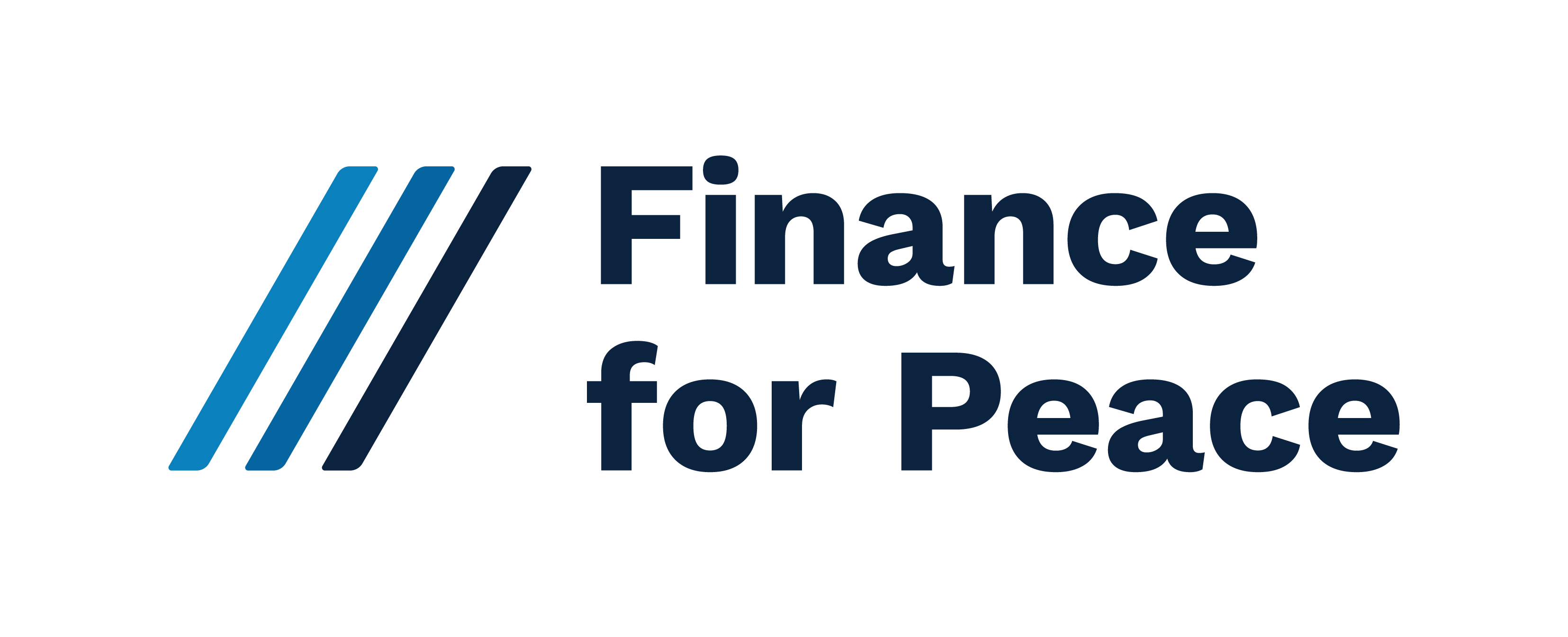Finance for Peace Standard
To create a market for peace-aligned investments requires standards that provide the necessary market integrity. The Finance for Peace Standards mainly focus on how a project or investment is implemented, specifically the incorporation Peace-Enhancing Mechanisms (PEMs), which will increase community resilience, trust and engagement, and reduce the risk of projects or investments, making them more commercially attractive.
Project owners can apply to get the project certified, and if the project meets the Standards, it will receive a Finance for Peace Stamp. The Stamp reassures investors who might be concerned about possible ‘peace-washing’.
